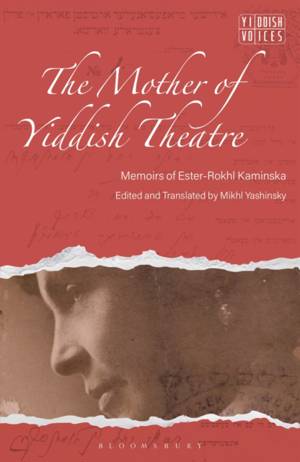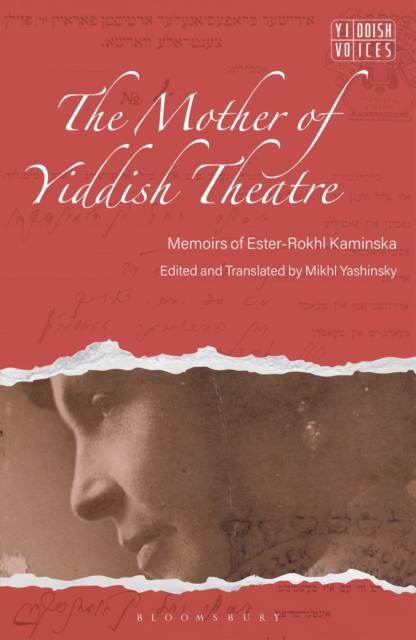
- Afhalen na 1 uur in een winkel met voorraad
- Gratis thuislevering in België vanaf € 30
- Ruim aanbod met 7 miljoen producten
- Afhalen na 1 uur in een winkel met voorraad
- Gratis thuislevering in België vanaf € 30
- Ruim aanbod met 7 miljoen producten
Zoeken
€ 115,45
+ 230 punten
Omschrijving
This book presents a contextualised volume of memoirs penned by the pioneering Polish-Yiddish actor Ester-Rokhl Kaminska. Originally appearing in instalments in Yiddish in the Warsaw Jewish daily 'Der Moment', the memoirs are introduced and translated into English here for the first time. They cover Kaminska's life and work, reflecting on her childhood, how she navigated the move from shtetl to city, and staged underground Yiddish performances, first in the Russian Empire and, after World War One, openly and to great acclaim in independent Poland. The memoirs are little known, despite Kaminska's high standing in the Yiddish theatre world, and yet they richly disclose the texture of everyday life for working Jewish women and the benefits and perils of their move from rural shtetls to more urban environments.
The introduction offers a concise biographical background to Kaminska and points to further sources for all aspects of her career, her life, and the life of her children and important protégés. The result is the most definitive volume available on this towering figure and a significant contribution to our understanding of this little-known period of Yiddish theatre (1890-1920) and the lives of female cultural producers in Russia and Poland at the turn of the 20th century.
The introduction offers a concise biographical background to Kaminska and points to further sources for all aspects of her career, her life, and the life of her children and important protégés. The result is the most definitive volume available on this towering figure and a significant contribution to our understanding of this little-known period of Yiddish theatre (1890-1920) and the lives of female cultural producers in Russia and Poland at the turn of the 20th century.
Specificaties
Betrokkenen
- Uitgeverij:
Inhoud
- Aantal bladzijden:
- 288
- Taal:
- Engels
- Reeks:
Eigenschappen
- Productcode (EAN):
- 9781350321069
- Verschijningsdatum:
- 21/08/2025
- Uitvoering:
- Hardcover
- Formaat:
- Genaaid
- Afmetingen:
- 127 mm x 203 mm
- Gewicht:
- 412 g

Alleen bij Standaard Boekhandel
+ 230 punten op je klantenkaart van Standaard Boekhandel
Beoordelingen
We publiceren alleen reviews die voldoen aan de voorwaarden voor reviews. Bekijk onze voorwaarden voor reviews.







